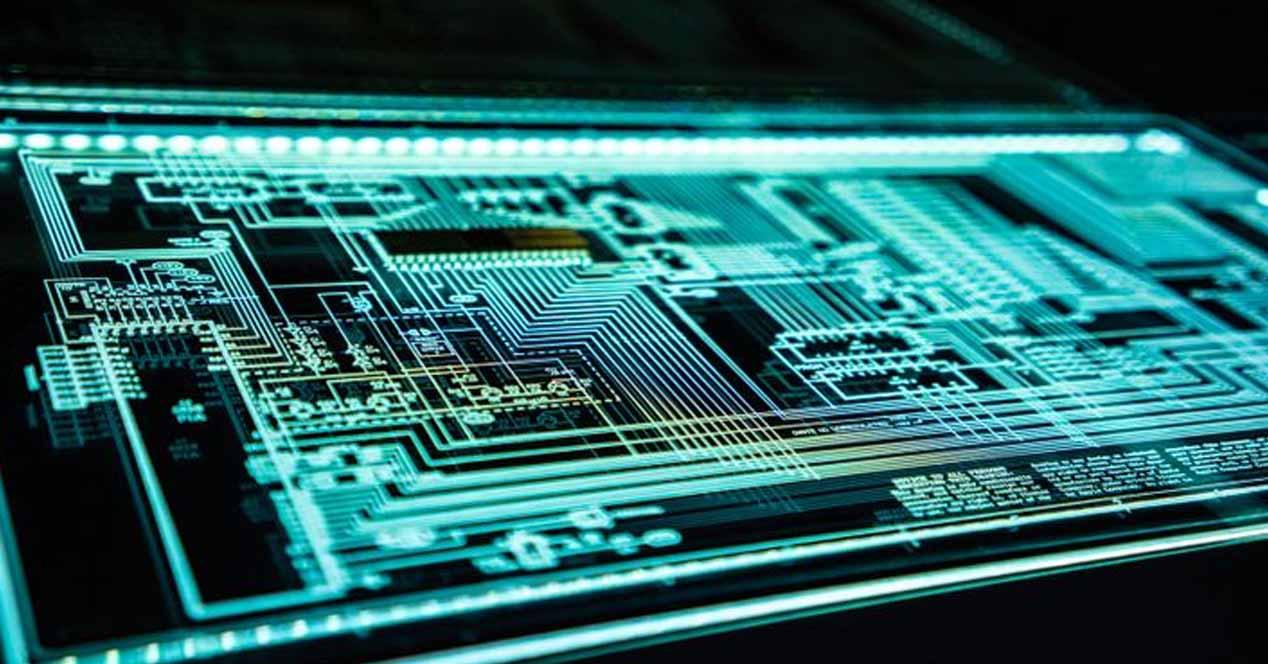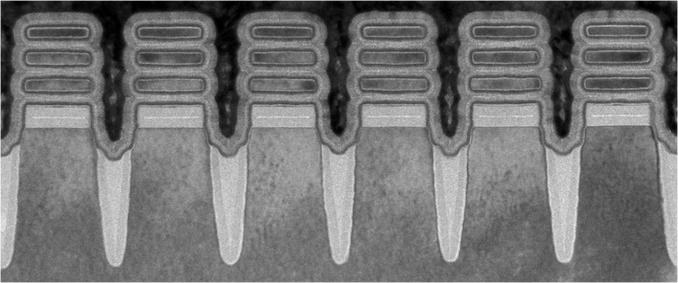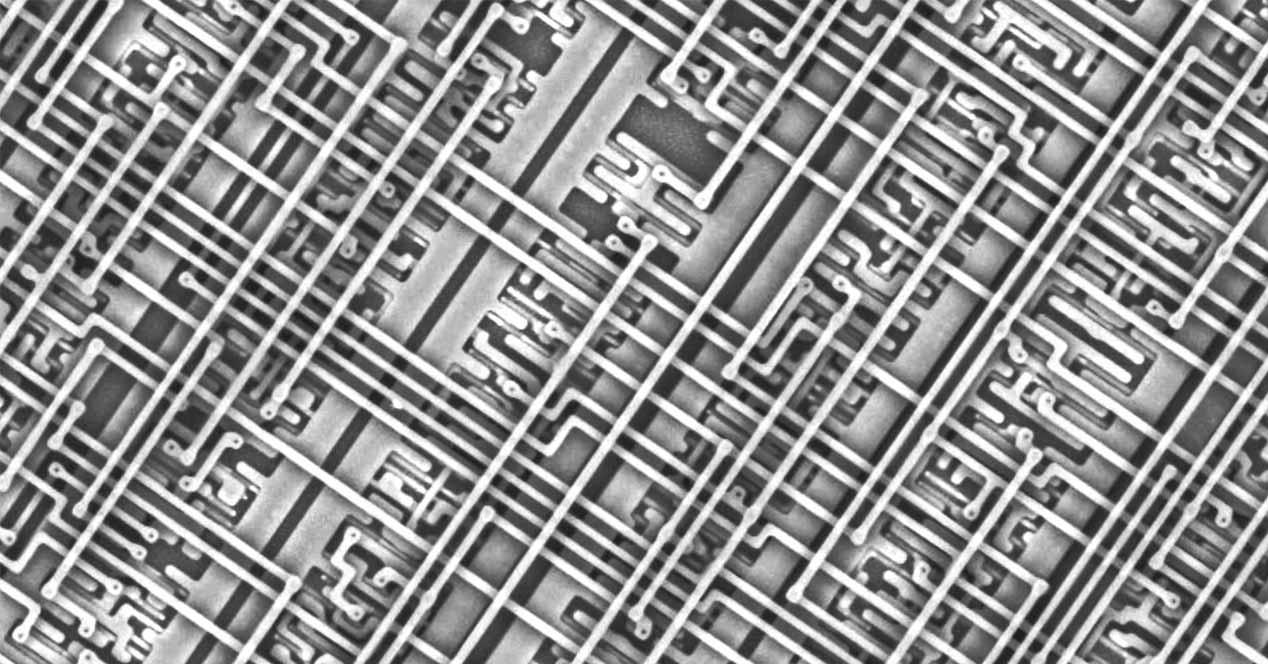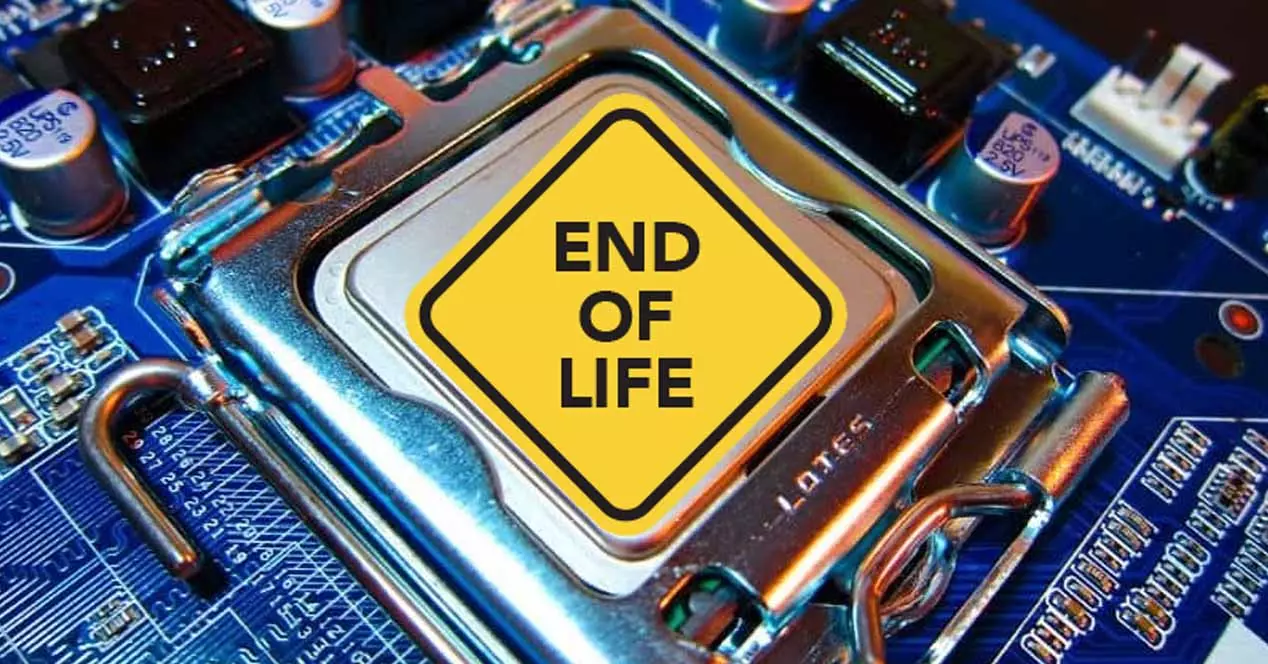
As the name suggests, nanocomputing refers to really small, nano-scale electronic devices and processes. It is a term used to describe the manipulation, processing and representation of data by computers smaller than one micrometer; nanocomputing devices are made of semiconductor transistors 100 nanometers and shorter in length.
Searching the limits of nanocomputing
Nanocomputing can be divided into two words: “nano” and “computing” or computing. Computing is the use of a computer (hardware and software) to process data and perform algorithmic processes, while nano, which comes from the word nanometer in this context, is a unit of measurement of length and is one billionth of a subway. But saying that a nanometer is one billionth of a meter might be too abstract, so let’s put it in perspective:
- A strand of human DNA is 2.5 nanometers in diameter.
- A sheet of paper is about 100,000 nanometers thick.
- There are 25,400,000 nanometers in an inch.
- Your nails grow one nanometer per second naturally.
- A single gold atom is about a third of a nanometer in diameter.
- On a comparative scale, if the diameter of a marble were one nanometer then planet Earth would measure one meter in diameter.
As you may have already noticed, we are talking about a really very small scale (and that is what nanocomputing is all about), and if at this time manufacturers like Intel, NVIDIA and AMD they are handling chips with lithographs of 5 and 7 nanometers, we are talking about the size of the transistors that make up those chips are about two strands of human DNA thick.
This is quite a milestone in the industry, and yet it seems that we are reaching the limit as we said at the beginning, and it is a physical limit for the moment. When we talk about chip lithography, we are handling thousands and thousands of nano-scale transistors integrated in a certain area … when “low lithography” is reduced the size of the transistors, which allows to put a greater number of them in the same space, increasing the capacity chip computation and thereby improving its efficiency.
However, integrating a greater number of transistors on a chip also has certain limitations, because although these elements are getting smaller and smaller, there still have to be layers of interconnection between them, not to mention that having a more in the same space, the density of heat they generate is increasing and in this way it is increasingly difficult to dissipate the heat in an adequate way that allows its correct operation.
Although nanocomputing has many advantages (especially in terms of performance and efficiency), it also has its disadvantages. Manufacturing devices that work on the basis of nanotechnology is very expensive and complicated; Scaling down devices to microscopic size requires a level of technicality and expertise that can only be achieved with large amounts of research funding.
Nanocomputing also poses a threat to today’s economy; The advent of nanotechnology, like many other technologies, causes a substantial change in many economic areas, and although at first the most advanced chips will be an expensive and unaffordable luxury, over time they will become more popular and common, something that would have a great impact on the market because technologies and companies that do not adapt and improve will stop working because they will not be competitive.





